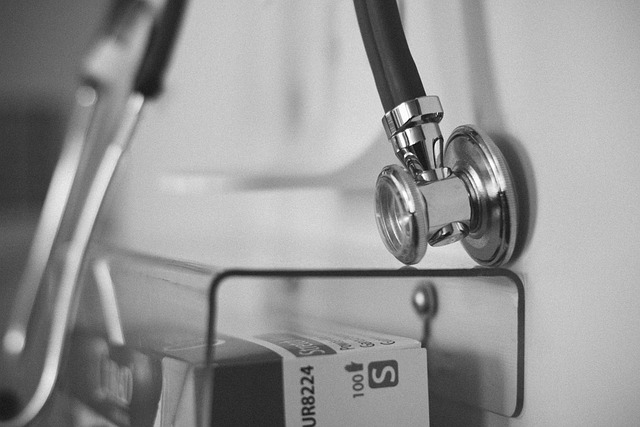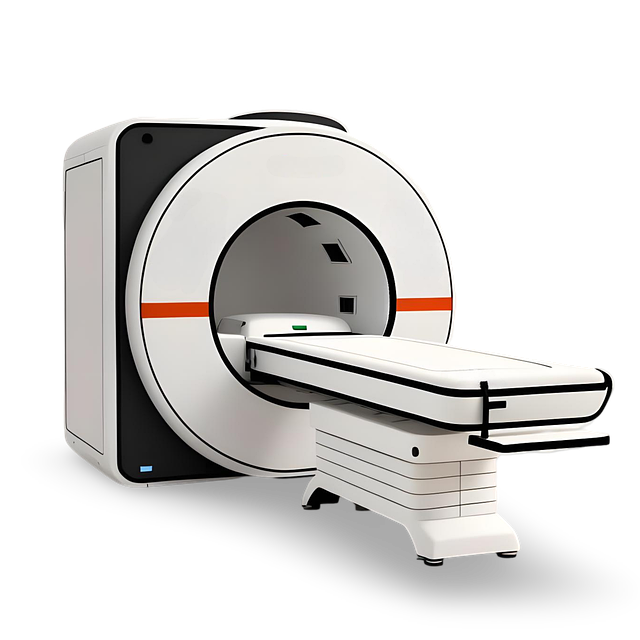Before resuming operations, conduct a thorough assessment of systems, identify bottlenecks, and choose point-of-care testing solutions, optical diagnostic instruments, and pulmonary function testers to enhance efficiency across medical specialties. Strategically select diagnostic tools like online health assessment platforms for swift recovery after setbacks. Consider ease of use, compatibility, cost, and scalability when choosing software, integrating it with chronic condition diagnostics for comprehensive patient data. Implement quick fixes using tailored diagnostic tools and monitor performance with renal monitoring systems, medical image analysis tools, and allergen detection systems for faster decision-making and recovery.
Get your systems back up and running faster with these efficient strategies. Assessing your current setup is crucial, identifying bottlenecks will help you target problem areas, and prioritizing essential tasks ensures optimal performance. Utilize powerful diagnostic tools to pinpoint issues swiftly. Implement quick fixes for immediate relief and monitor system health continuously. By following these steps, you’ll not only regain speed but also optimize your overall efficiency.
- Assess Your Current System
- Identify Slow Spots
- Prioritize Essential Tasks
- Select Diagnostic Software
- Implement Quick Fixes
- Monitor and Optimize Performance
Assess Your Current System

Before diving back into operation, it’s crucial to assess your current system. Start by evaluating your existing processes and infrastructure. Identify bottlenecks and areas that require improvement. This involves understanding the capabilities and limitations of your current tools and technologies. By thoroughly examining your resources, you can pinpoint precisely where adjustments are needed to enhance efficiency and speed.
Once you have a clear picture of your current setup, it’s time to select the right diagnostic tools. Consider implementing point-of-care testing solutions for quick, accurate results at the patient’s side. Optical diagnostic instruments can also be valuable assets for detailed examinations without significant delays. Additionally, pulmonary function testers are essential for respiratory health assessments, ensuring you have comprehensive tools across various medical specialties.
Identify Slow Spots

Identifying slow spots is a crucial step in getting back up and running fast. Start by thoroughly evaluating your workflow and processes. Look for bottlenecks that cause delays, such as inefficient data entry systems or manual tasks that can be automated. Advanced blood analysis equipment and dermatological examination devices can provide detailed insights into potential health-related issues, allowing you to address them promptly.
Once you’ve pinpointed these slow spots, it’s time to select the right diagnostic tools. Incorporate remote patient monitoring devices for continuous tracking of vital signs and early detection of anomalies. These tools will help you make data-driven decisions and streamline your operations. Remember, optimising these areas can significantly enhance your overall efficiency and speed.
Prioritize Essential Tasks

When getting back up and running fast after a setback or pause, it’s crucial to prioritize essential tasks to regain momentum efficiently. Start by evaluating your immediate needs using online health assessment platforms to gauge your current state. This step is akin to selecting diagnostic tools for medical professionals, helping you identify areas that require urgent attention. Prioritize activities based on their impact and urgency, focusing first on tasks that will significantly enhance your productivity and overall well-being.
By doing so, you can ensure a strategic approach, similar to using ophthalmic diagnostic instruments to pinpoint specific issues within the eye. This methodical process allows for a more targeted and effective recovery, enabling you to get back into the swing of things promptly.
Select Diagnostic Software

When getting back up and running fast after a downtime or an unexpected illness, selecting the right diagnostic software is crucial for efficient and accurate assessments. In today’s digital era, medical professionals have access to a wide array of tools designed to streamline diagnosis processes, from advanced medical image analysis software to allergen detection systems. These technologies play a pivotal role in the early detection and management of chronic conditions, enabling faster patient care and improved outcomes.
Choosing diagnostic tools should align with your specific healthcare needs. Consider factors such as ease of use, compatibility with existing systems, cost-effectiveness, and scalability. Additionally, look for software that integrates seamlessly with other digital diagnostics for chronic conditions and medical image analysis tools already in use within your facility. This ensures a holistic view of patient data, facilitating quick decision-making and efficient treatment plans.
Implement Quick Fixes

Implementing quick fixes can significantly speed up your recovery and get you back on track in no time. Start by assessing the issue at hand—whether it’s a software glitch or hardware failure. Select Diagnostic Tools tailored to your needs; think Ophthalmic Diagnostic Instruments for eye-related issues, Environmental Health Monitors for air quality concerns, or Point-of-Care Testing Solutions for rapid health assessments. These tools provide accurate insights, enabling you to make informed decisions and swiftly implement solutions.
Once identified, address the root cause. Simple adjustments, like updating software or cleaning sensors, can go a long way. For more complex issues, consider temporary workarounds until permanent fixes are feasible. The key is to act promptly, leveraging available resources efficiently to get back up and running fast.
Monitor and Optimize Performance

To get back up and running fast after a setback or slowdown, efficient monitoring and optimization of performance are crucial. Start by selecting appropriate diagnostic tools that cater to your specific needs. Renal monitoring systems, for instance, play a vital role in tracking kidney function, enabling prompt action if issues arise. Medical image analysis tools can also be invaluable, facilitating precise diagnosis and guiding treatment plans.
Additionally, consider allergen detection systems to ensure environmental factors aren’t hindering performance. These systems help identify triggers, promoting healthier conditions and faster recovery. By leveraging these diagnostic tools, you gain insights into your overall health status, allowing for data-driven decisions and strategic adjustments to get back on track efficiently.
After assessing your current system, identifying slow spots, prioritizing essential tasks, and implementing quick fixes, it’s time to leverage select diagnostic tools for in-depth monitoring and optimization. This final step will ensure your system runs smoothly and efficiently, enabling you to get back up and running fast. Remember, continuous optimization is key to maintaining peak performance.
